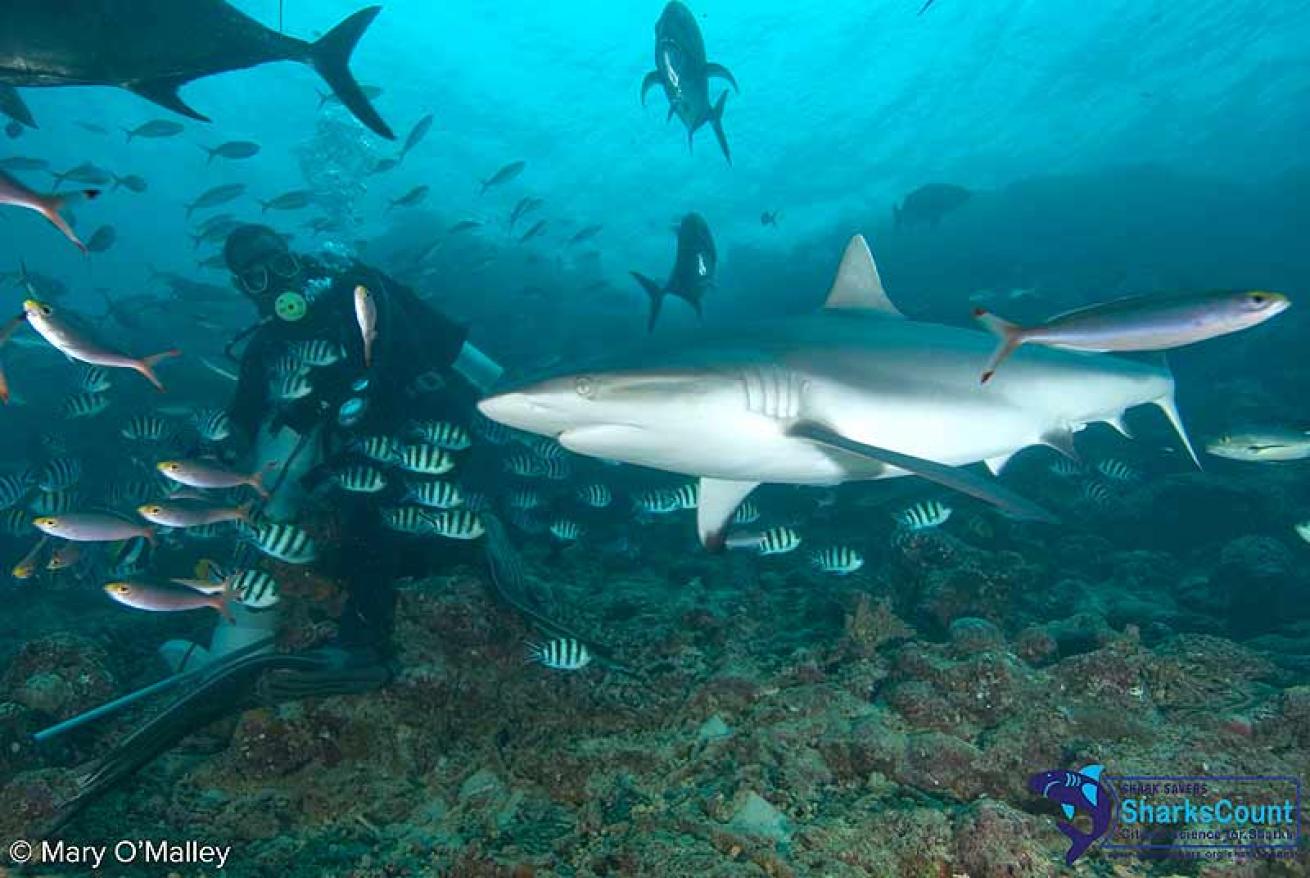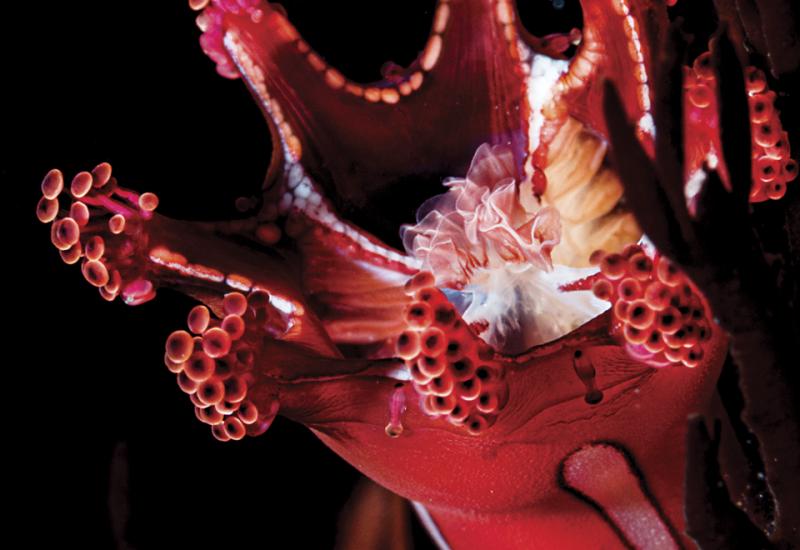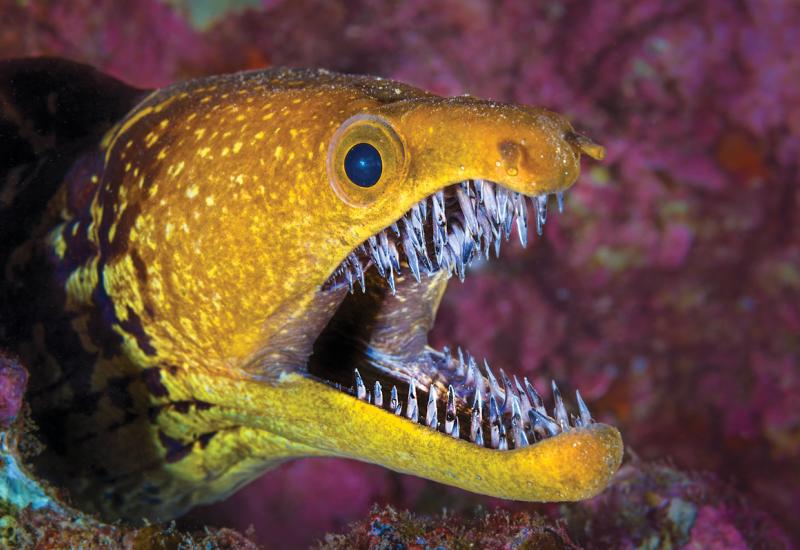Divers Guide to Marine Life: Grey Reef Shark (Carcharhinus Amblyrhynchos)

Grey reef shark (Carcharhinus amblyrhynchos)
Grey reef sharks are thought to give birth from one to six pups after a year-long pregnancy.
Click HERE for more fun shark facts!
Mary O'Malley
****Grey reef shark (Carcharhinus amblyrhynchos)****
•Conservation status: IUCN Red Listed as ‘Near Threatened’
•Grey reef sharks have a typical reef shark appearance, greyish coloring on the topside fading to white underneath, reaching sizes of about 2.5 meters ( 7 ft.) in length, but they can be identified by a distinct black edge of the tail.
•Grey reef sharks are found in the tropical coastal waters of the Indo-Pacific.
•These sharks were thought to stick close to specific reefs but recent studies show that they travel between locations, including long trips of more than 100 kilometers ( 62 miles) across open ocean -- important information for future management and conservation actions.
•They are considered quite social, aggregating in large numbers in strong currents.
•Grey reef sharks are thought to give birth to one to six pups after a year-long pregnancy.
•They feed on fish, squid, octopus, and crustaceans.
•Although active during the day, they are more active at night.
•In Palau, the shark diving industry, based mainly on the viewing of grey reef sharks along with whitetip reef sharks, is a thriving ecotourism destination.
Information provided by the SharksCount program. Find out more about citizen science for sharks at www.sharksavers.org/sharkscount.
Click HERE to see the full list of sharks.

Mary O'MalleyGrey reef sharks are thought to give birth from one to six pups after a year-long pregnancy.
Click HERE for more fun shark facts!
****Grey reef shark (Carcharhinus amblyrhynchos)****
•Conservation status: IUCN Red Listed as ‘Near Threatened’
•Grey reef sharks have a typical reef shark appearance, greyish coloring on the topside fading to white underneath, reaching sizes of about 2.5 meters (~ 7 ft.) in length, but they can be identified by a distinct black edge of the tail.
•Grey reef sharks are found in the tropical coastal waters of the Indo-Pacific.
•These sharks were thought to stick close to specific reefs but recent studies show that they travel between locations, including long trips of more than 100 kilometers (~ 62 miles) across open ocean -- important information for future management and conservation actions.
•They are considered quite social, aggregating in large numbers in strong currents.
•Grey reef sharks are thought to give birth to one to six pups after a year-long pregnancy.
•They feed on fish, squid, octopus, and crustaceans.
•Although active during the day, they are more active at night.
•In Palau, the shark diving industry, based mainly on the viewing of grey reef sharks along with whitetip reef sharks, is a thriving ecotourism destination.
Information provided by the SharksCount program. Find out more about citizen science for sharks at www.sharksavers.org/sharkscount.
Click HERE to see the full list of sharks.










